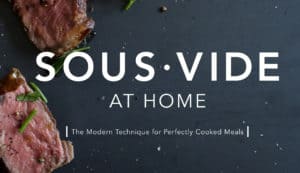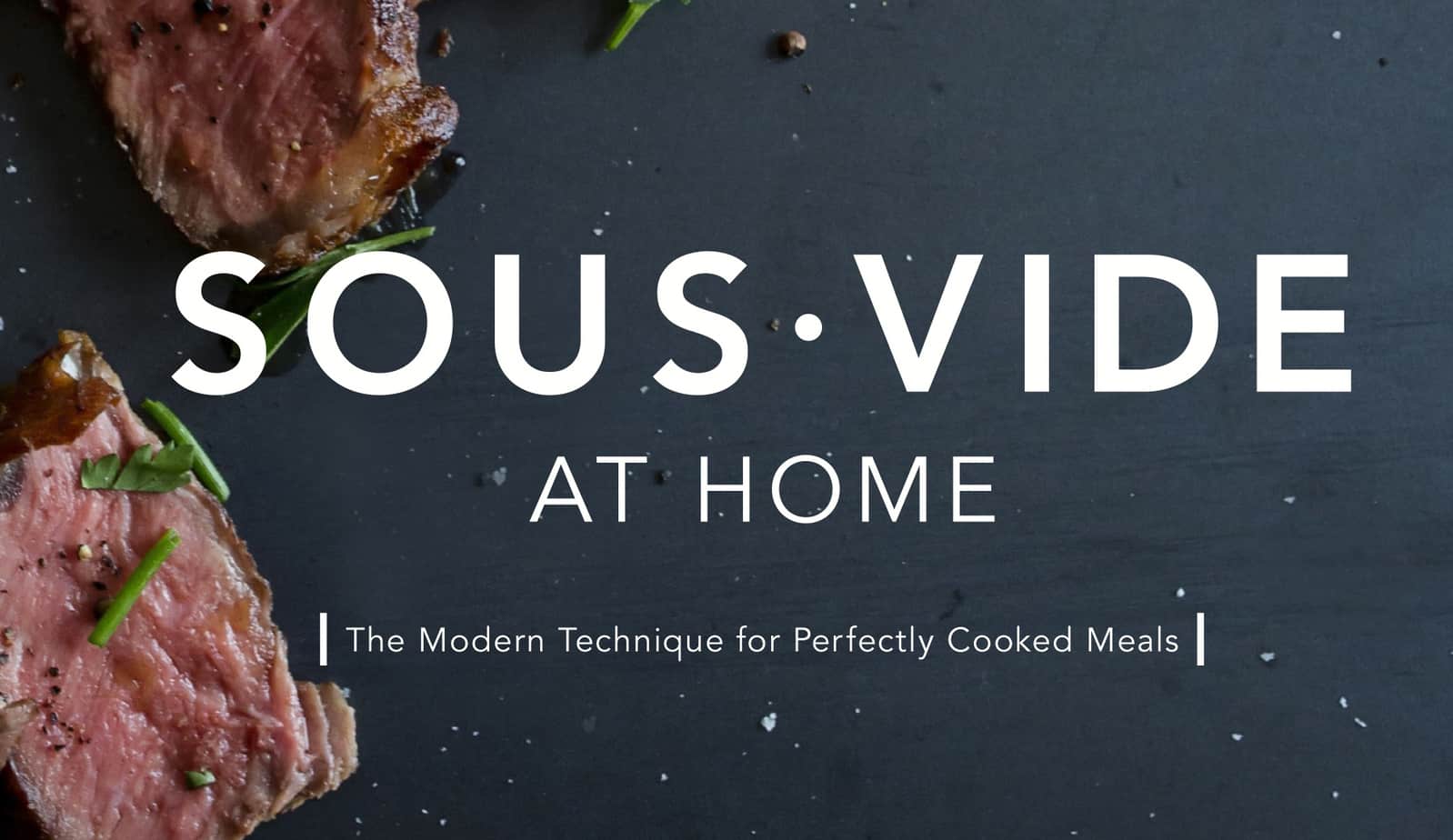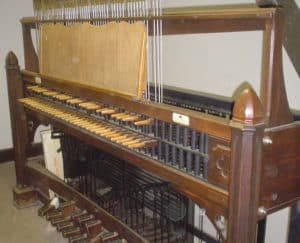 Believe it or not, I’m sometimes afraid of new technology. My ex-husband worked for one of Microsoft’s competitors in the late 1970s and 1980s and his company created one of the first word processing programs for the PC. Yet, in the early 1990s I still insisted on writing my graduate school papers on a word-processing typewriter. Because we had several computers in the house, my inability to embrace the PC drove him crazy – among a zillion other things, of course!
Believe it or not, I’m sometimes afraid of new technology. My ex-husband worked for one of Microsoft’s competitors in the late 1970s and 1980s and his company created one of the first word processing programs for the PC. Yet, in the early 1990s I still insisted on writing my graduate school papers on a word-processing typewriter. Because we had several computers in the house, my inability to embrace the PC drove him crazy – among a zillion other things, of course!
It’s not that I am distrustful of technology – I’ve actually been an early-adopter of many gadgets and devices – but I must fully understand them first. I hate reading boring instruction manuals and that often trips me up. I’m a hands-on learner and my confidence level often has wild rides of highs and lows when learning how to use a new appliance or gadget.
That said, once I am a firm-believer, I drive everyone a bit looney when I insist on singing, and re-singing, the praises of each of my new gadgets and appliances. Gerry and I bore our friends with wondrous tales of inventions like the steam cleaner, vacuum sealer, spiralizer, espresso maker and milk frother.
This is especially true in the kitchen where I spend much of my time on the weekends. In my early marriage years, I heartily adopted the Cuisinart food processor, the KitchenAid stand mixer, and the automatic bread and pasta machines. Sometimes these machines hum in the kitchen for weeks, and other times they lie silent for months or years. Still some are part of my everyday repertoire.
My eldest daughter is an amazing, adventurous cook. Mostly due to her driven spirit, but also because she is severely allergic to nuts and seeds, she makes everything from scratch, including roasting her own coffee beans. Due to her infectious enthusiasm (the acorn doesn’t fall far from the tree), I love to watch her use her newest equipment, sometimes adopting it into my own life.
That’s where the sous vide comes in.
Several years ago, she pronounced her love of her new sous vide on her Facebook page. I was, apparently, living in the dark ages because I had no idea what a sous vide was. I don’t usually watch any cooking shows (binge-watching the Great British Baking Show was an exception), so I researched this exotic tool myself. I asked her to bring her sous vide equipment to our home several years ago and we had the most amazing lamb rib chops that I’ve ever tasted at dinner that night.
Soon after I received my own sous vide stick from Gerry for my 65th birthday. (One of the things I love about my husband is his constant and hearty support of my whimsies and interests.)
Yet, that is where my fears sometimes bring my enthusiasm to a halt. It seemed to me that there were so many complications to cooking with the sous vide. I read several books and agonized over additional tools and equipment. It’s important to eliminate heat loss, and vacuum-sealed packets must not touch each other. I ordered numerous exotic accessories, and then promptly packed all of it in my appliance closet until my courage overcame my anxiety.
It was there that the sous vide sat – until this past weekend when my determination took hold and I decided to experiment in the way I learn best – hands-on and under pressure. I planned a dinner for neighbors and committed to an uncomplicated menu of center-cut beef shanks and butter-poached baby potatoes.
Sous-vide is a French term for “under vacuum.” Simply put, you cook food that is vacuum-sealed in a plastic pouch in a water bath for a long time at a perfect low temperature. With the sous vide technique, the food cooks evenly throughout. It doesn’t overcook or undercook, as long as you know what you are doing. The moisture in the food is retained.
Little did I know, but high-end restaurants use the sous vide method for meats and shellfish all the time. That is how they serve you a perfectly-cooked chop or scallop that is quickly seared and placed on your plate.
You can use fancy tools, or not so fancy. My Anova sous vide stick is a version that actually has a Bluetooth setting, which seems a bit extravagant and foolish. This sous vide immersion circulator is firmly attached to a plastic bin filled with water, the tool is turned on and brought up to a specific temperature, the vacuum-sealed food is placed into the bin, and the food is cooked for a specific time.
This weekend’s beef shanks were vacuum-sealed with a sprig of fresh thyme, slices of onion and garlic, and a sprinkle of freshly ground salt and pepper. They were then cooked in a constant 155 degree water bath for 20 hours. Yes, 20 hours. Some sous vide techniques call for 48 hours of cooking! The beef will be removed from the water bath several hours before dinner and quickly seared in a very hot grilling pan before serving. In the interim, the vacuum-sealed baby potatoes will poach with butter and parsley at 194 degrees for two hours.
If you’d like to learn about sous vide cooking, complete with amazing recipes, there are plenty in our Minuteman Library catalog and at our library here in Norwood. If you start with some of the best cookbooks, sous vide techniques and equipment are fully explained in the first chapters. The Essential Sous Vide Cookbook by Sarah James is a great book to start with because she has lots of practical guidance and advice, including techniques on preparing food for sous vide recipes. Sous Vide at Home by Lisa Fetterman even has techniques for cooking Thanksgiving dinner! Fetterman has another book, Sous Vide Made Simple (in 60 everyday recipes.) There are several eBooks instantly available on Hoopla: The Sous Vide Kitchen by Christina Wylie and Make it Sous Vide! by Meredith Lawrence.
Of course, this week’s column was due before dinner was fully cooked, but I have complete confidence in my sous vide technique. My daughter texted me a big high-five because she is delighted that I’ve finally overcome my anxiety. My husband is finally looking forward to another delicious dinner – this time, sous vide style.
Charlotte Canelli is the Director of the Morrill Memorial Library in Norwood, Massachusetts. Read Charlotte’s column in the October 11, 2018 edition of the Norwood Transcript and Bulletin.



